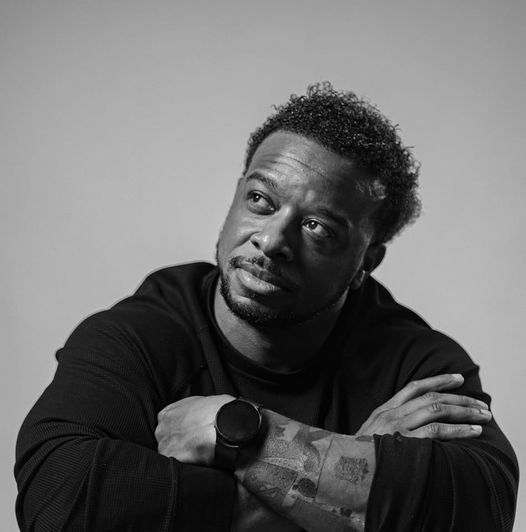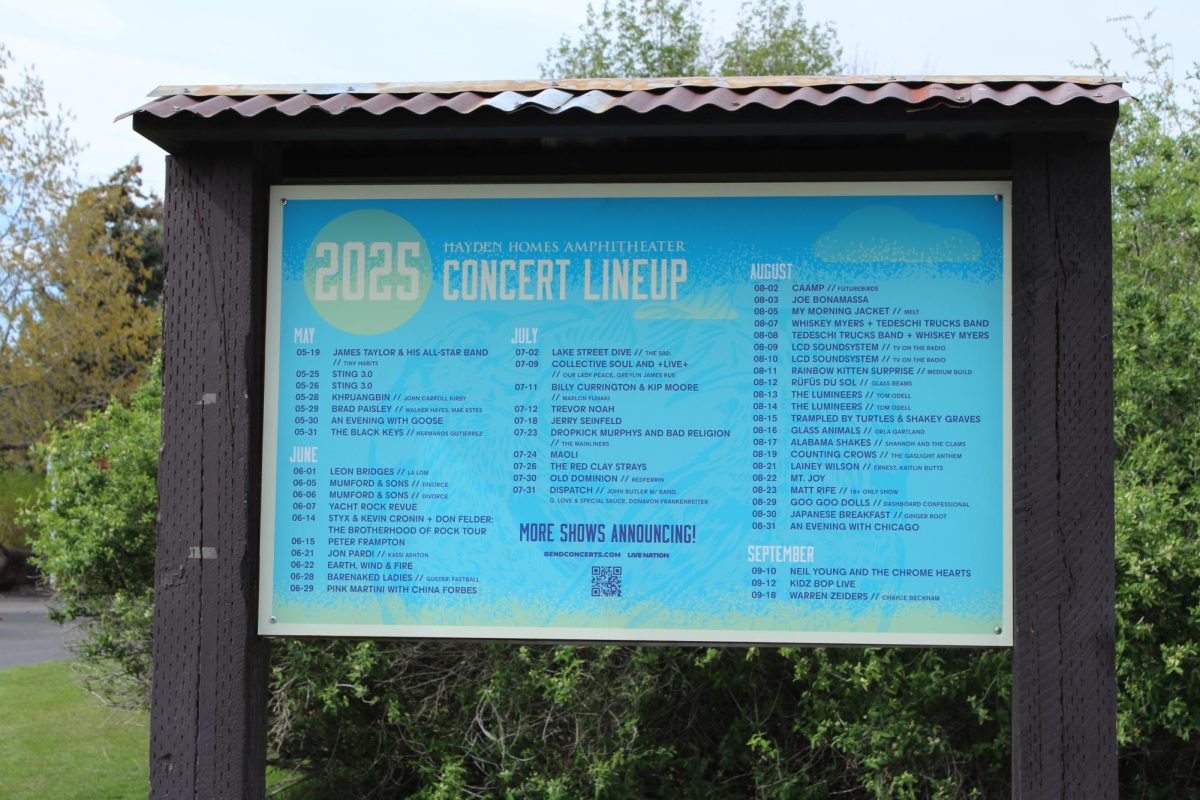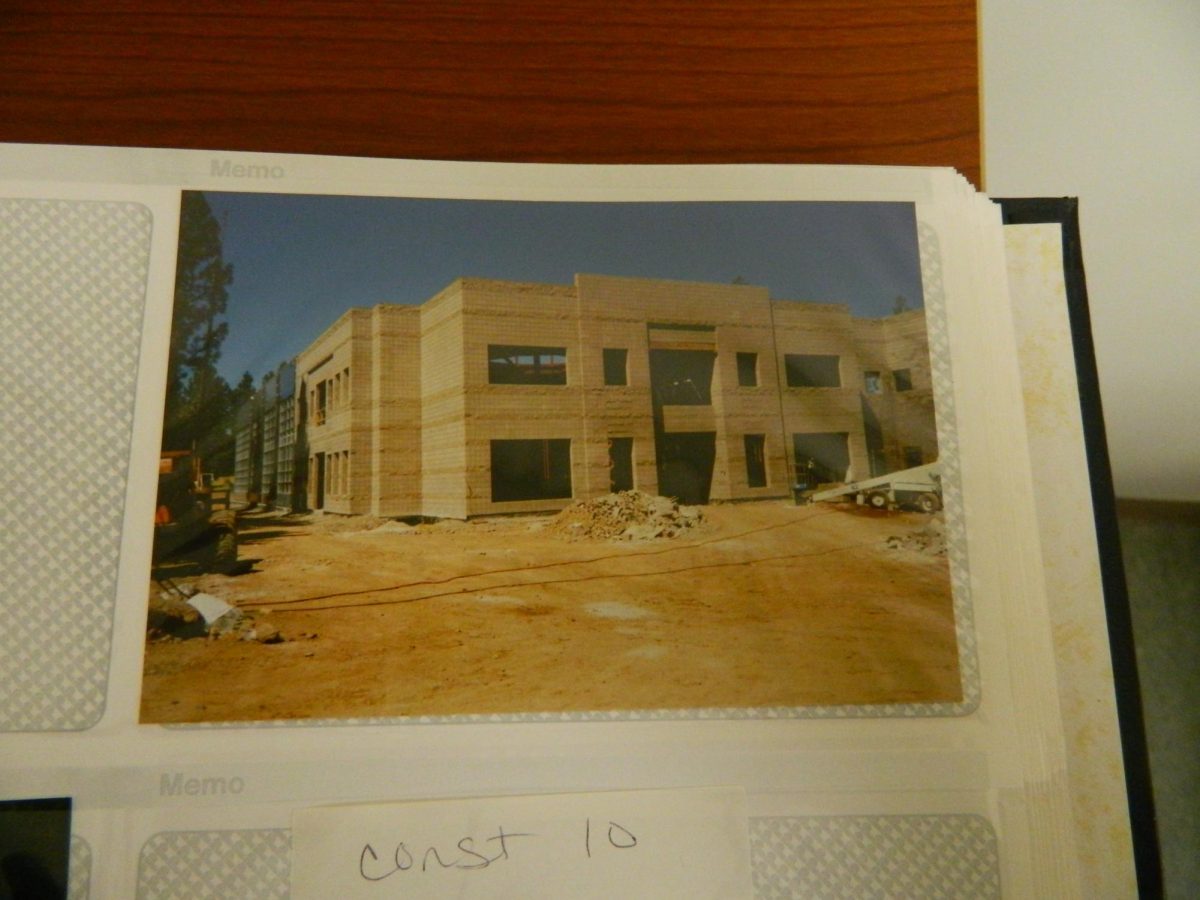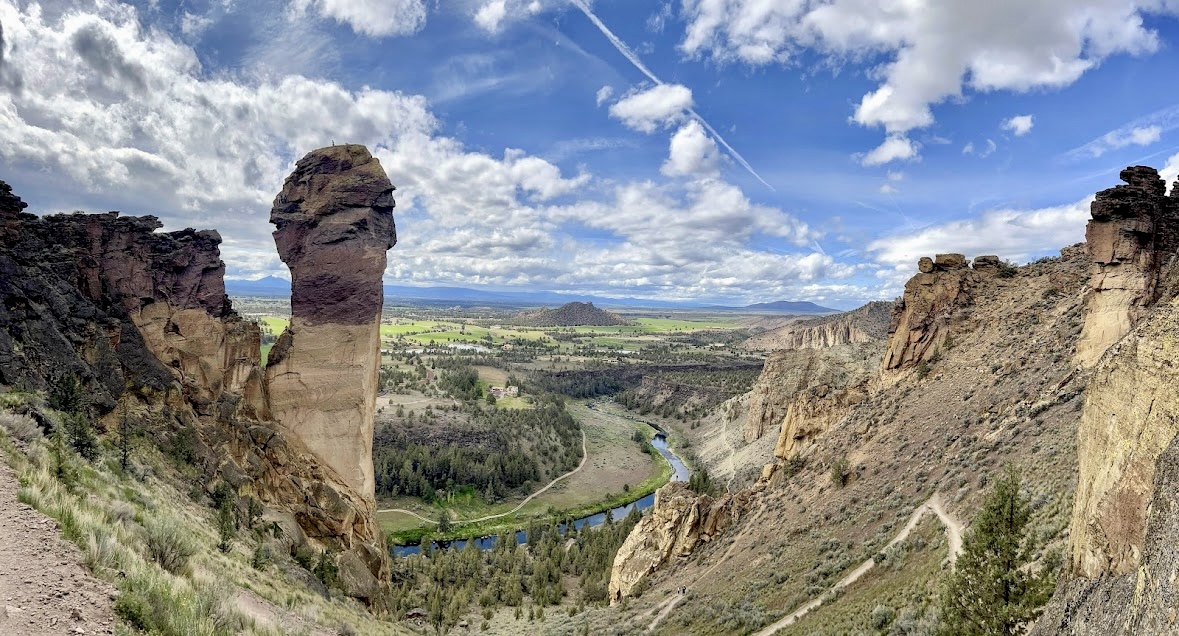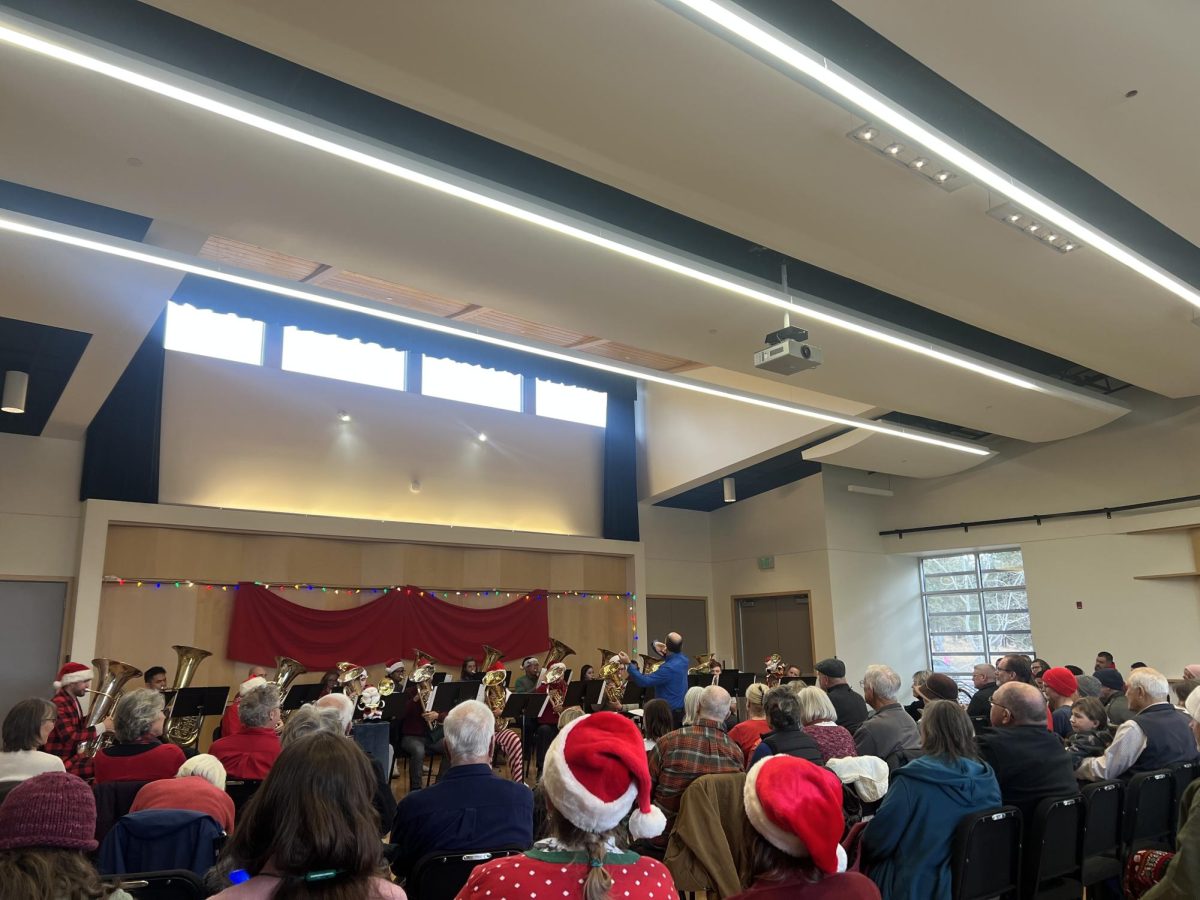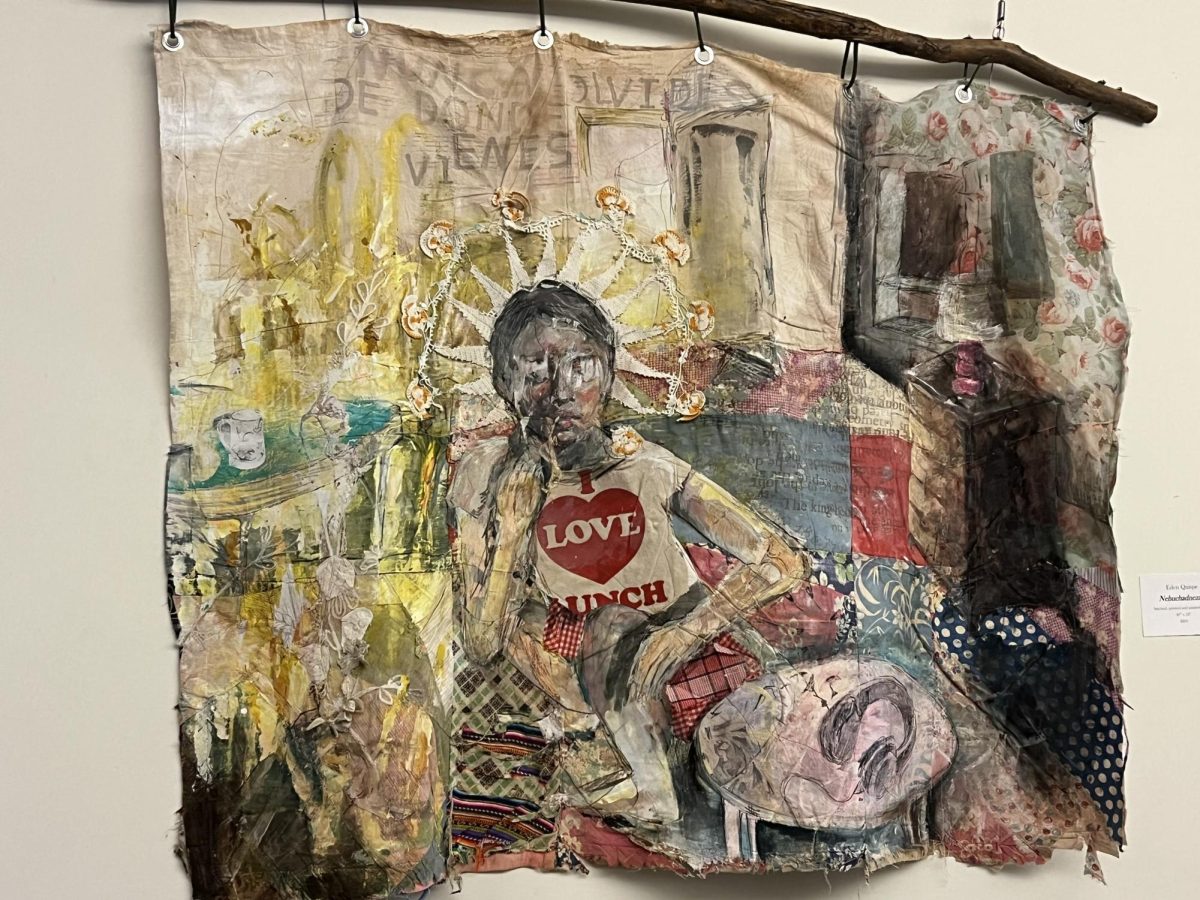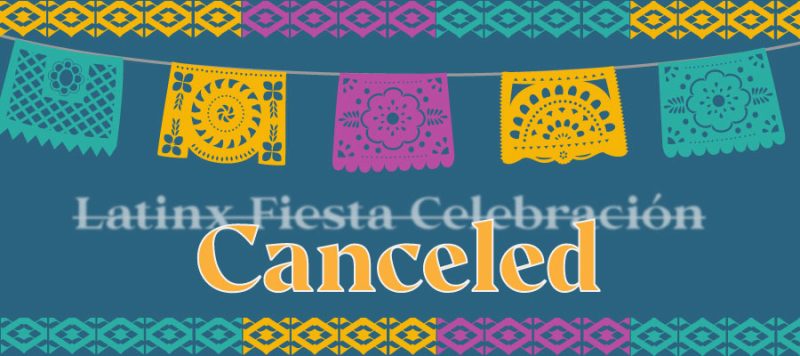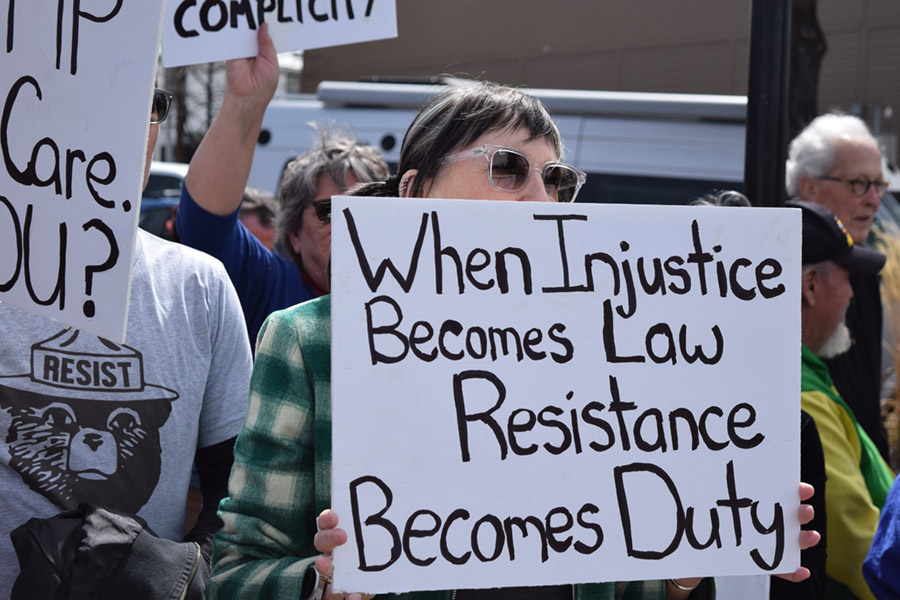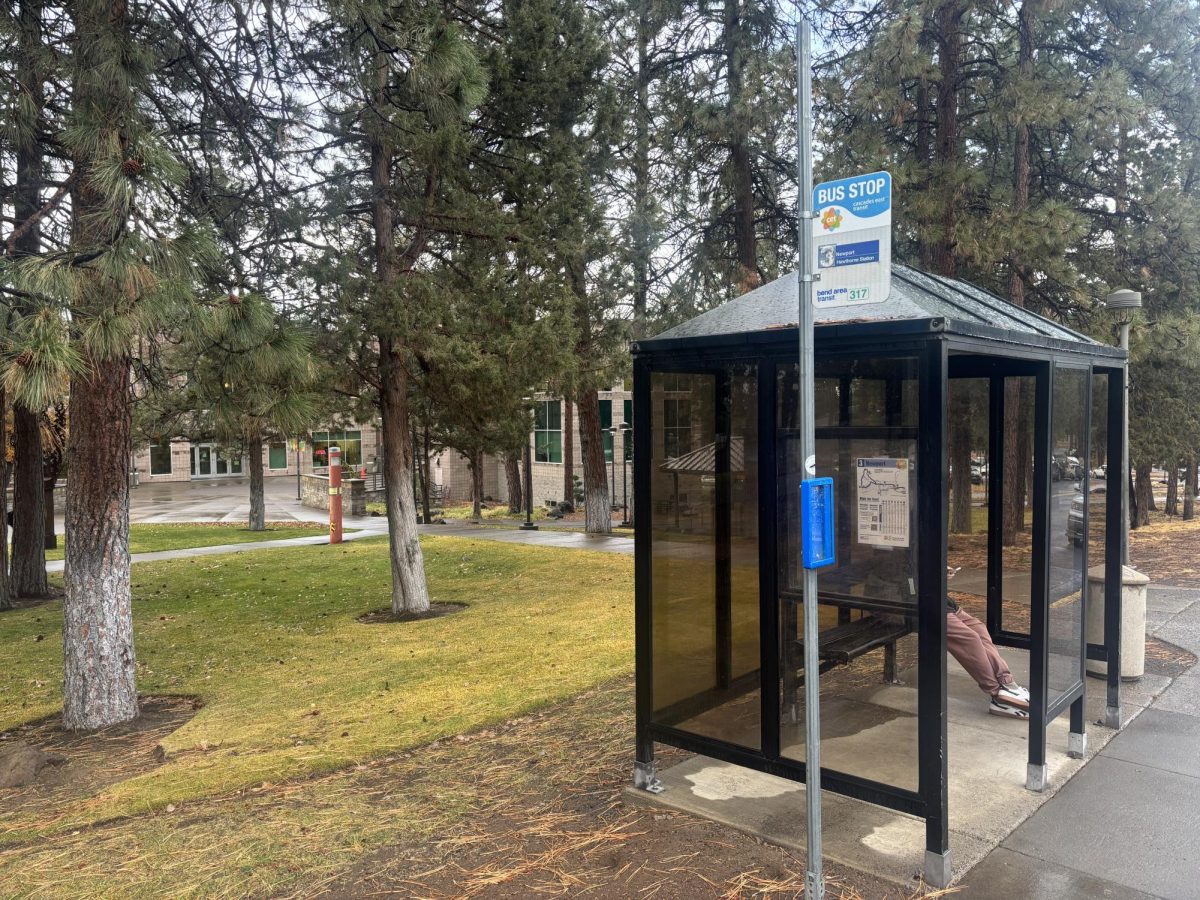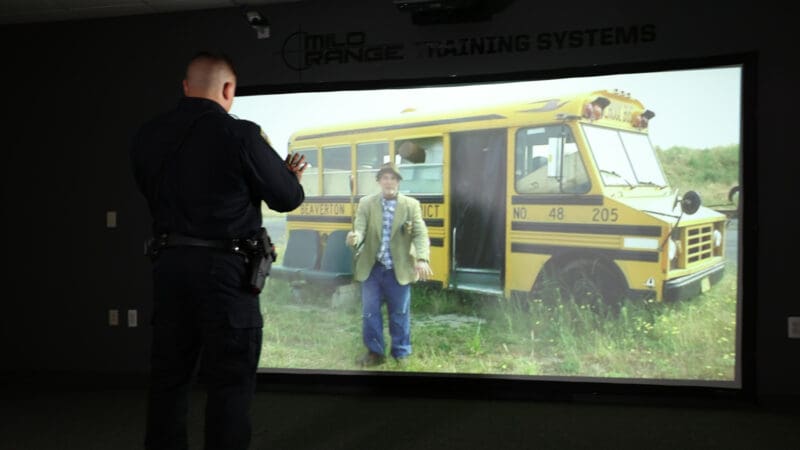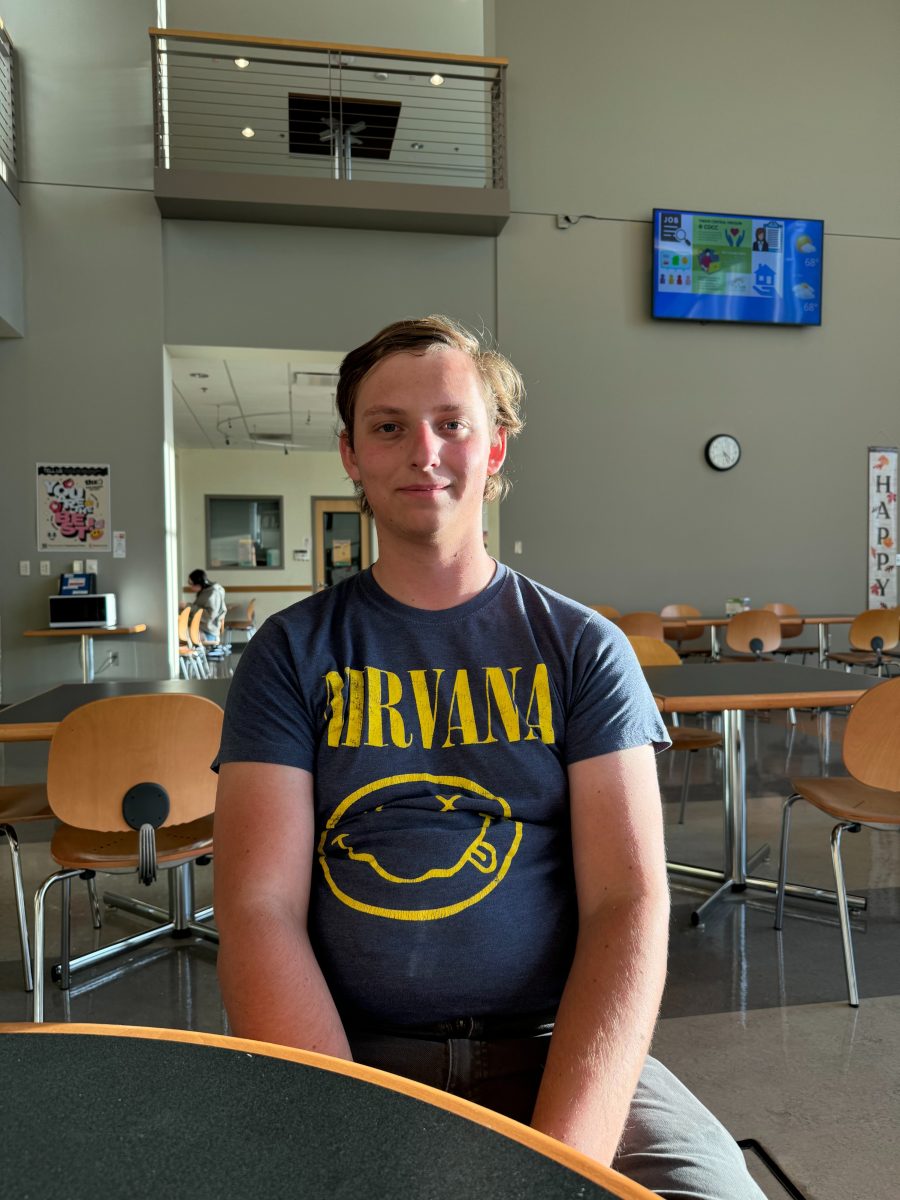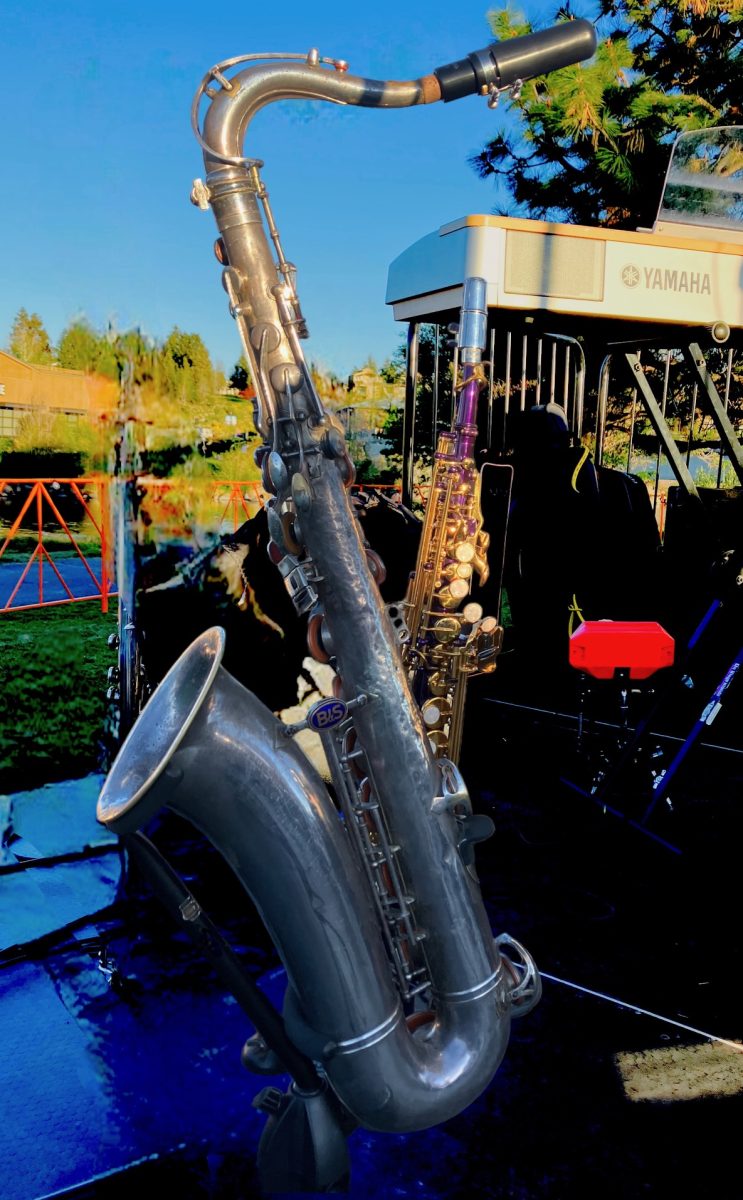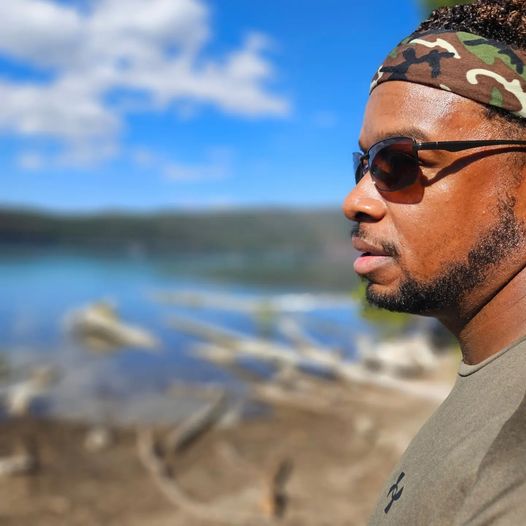Your heart races faster than a cheetah drinking a double shot of espresso. Then your surroundings become increasingly louder and you can hear everyone and everything simultaneously. Walls, people and even your thoughts feel like they’re closing in on you while the ground gets farther away.
These are just a few examples people expressed of what Post Traumatic Stress Disorder (PTSD) feels like. Though we often associate post traumatic stress disorder with war veterans, especially around Veterans Day, you don’t need to have worn a uniform to suffer the same.
As dynamic as the causes, symptoms and effects of PTSD can be, so can the healing mechanisms. This very message was conveyed by Visual Artist Michelle Lindblom, who hosted the “Layers of War” art exhibition, on Friday, Nov. 11th at the Open Space Studio.
The Layers of War Art Exhibit
As the Visual Artist Board Member of Ellipse Theatre Community, Michelle Lindblom was asked to arrange an art exhibit. The given theme was “an art expression of those who have been directly or indirectly affected by war.” To add on the inspirational task, she was asked to utilize local artists’ work so the project would maintain the sense of community.
The purpose was not only to spread awareness about PTSD and the affects on veterans but also how it affects the entire community of friends and family. More importantly, it was about healing together as a community through the mechanism of art expression. The passion, desire and determination in her voice validated that this was more than an exhibit; it was going to be an emotional interactive experience. “Art is a vehicle of expression of all kinds,” Lindblom emphasized.




Background
“Art found me…” expressed Lindblom, when explaining her journey into studying art in college. Lindblom was an art professor in North Dakota for over 24 years and owned an art studio. In 2015, she moved to Bend with her husband and presents her own work at local galleries and joined ETC production. ETC is best known for their theatre arts, though Lindblom fully understands her important role.
“I’m the visual artist of the bunch. I’m not an actress, and I’m not a theater person,” said Lindblom. “Art and theatre; it’s all encompassing.”
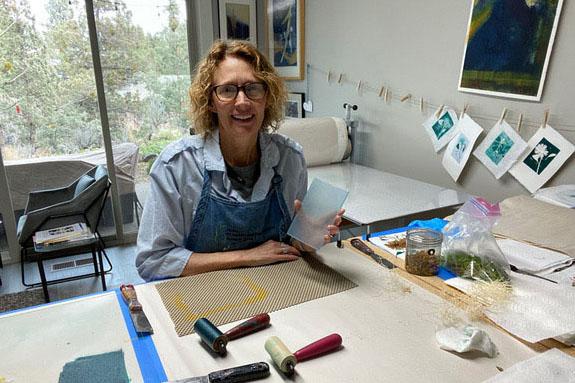
Being a former art professor with over 24 years of experience, printer-artist herself, Lindblom was up for the challenge of bringing these visual expressions to life for the exhibit. The challenge? Where to find these artists, and how to convince them to share their work.
Over a series of months prior to the exhibit, Lindblom relentlessly reached out to friends, colleagues, veteran organizations and many more in search for artists. Fueled by determination, inspiration, hope and compassion, Lindblom brought in a convoy of veteran and non-veteran artists alike.
The Artist
From paintings, digital, pottery to wood models and fabrics, the art displayed were as diverse in material as the artists themselves were. Veterans, 911 operators, students, teachers and many other community members were united in expressing their experiences through art. For many of these artists, this was the first time their work had ever been presented in public. This fact was of course to Lindblom’s delight.
“The teacher in me says, hopefully it will get them to show their work more often,” said Lindblom.

Michelle even presented two very own pieces that personally connected her to the theme. “I did a series of work after 9/11. I was totally mesmerized by the visuals, watching the news,” she expressed about watching the twin towers collapse.
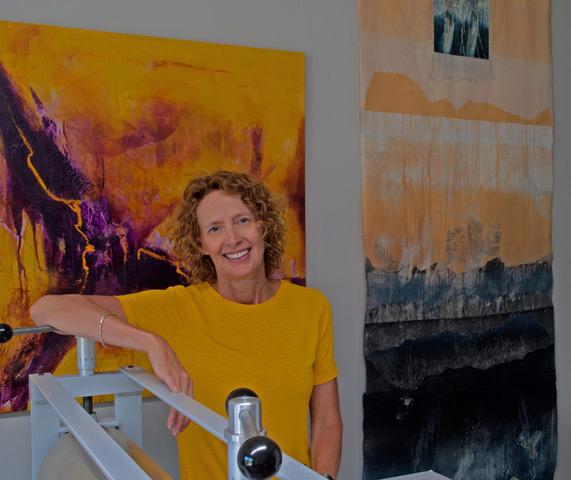
The Healing Within Art
“There are so many different ways art can be therapeutic,” said Lindblom. “[It can be] a release of anxiety, meditation or an expression of thought and a outsource to express different emotions.”
Though Lindblom is not a licensed therapist, Art Therapy is known as practical form of therapy and the The American Art Therapy Association was founded 1969. AATA’s mission is “to advance art therapy as a regulated mental health profession and build a community that supports art therapists throughout their careers.”
PTSD can be experienced by anyone and feel like a lonely walk in life. Perhaps the “Layers of War” exhibit, is the healing reminder we never have to walk alone. Or as Lindblom states when asked what people should get from this exhibit, “walking away feeling a little more connected.”
For more on Michelle Lindblom as well as her work, click here.


